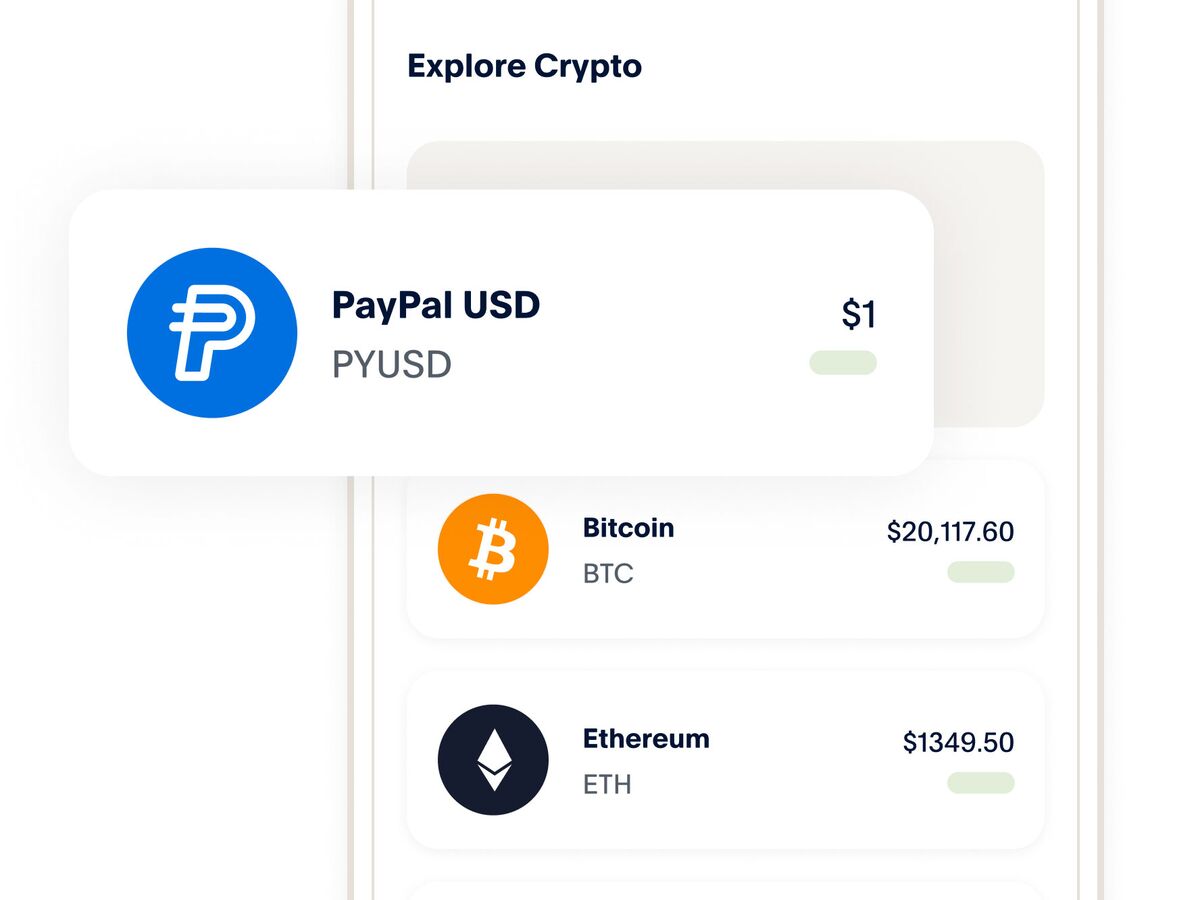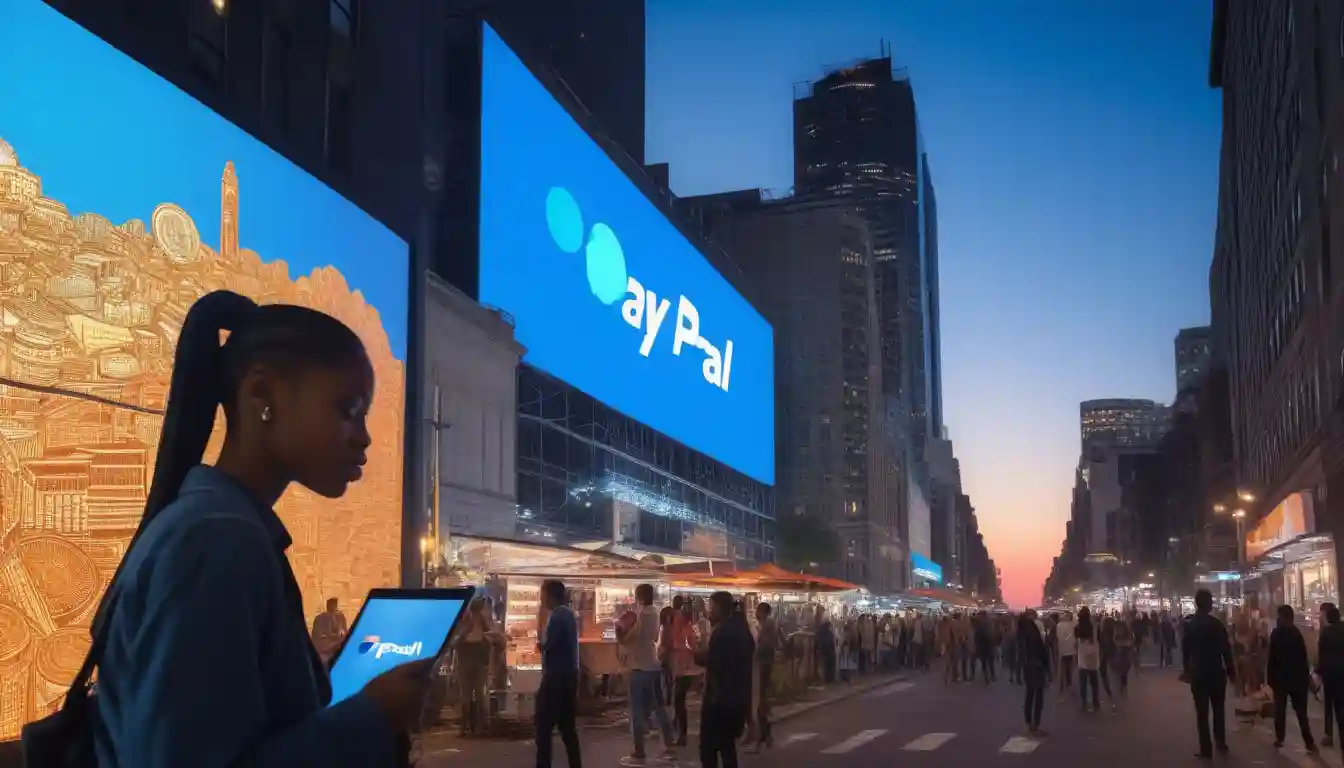PayPal Bets Big on Stablecoins as the Race for Digital Dollars Heats Up
Silicon Valley payments giant doubles down on blockchain distribution with new partnership
PayPal is stepping deeper into the stablecoin arena. Its venture arm has poured money into Stable, a layer-1 blockchain built to handle stablecoin transactions at scale. As part of the deal, PayPal will bring its own token, PayPal USD (PYUSD), onto Stable’s network—a move designed to widen its reach beyond the handful of blockchains it already runs on.

This isn’t just another blockchain tie-up. It’s a clear sign that PayPal doesn’t want PYUSD trapped on one chain. Instead, the company is chasing ubiquity, aiming to spread its digital dollar across as many ecosystems as possible. PYUSD is already live on Ethereum, Solana, Arbitrum, and Stellar. By adding Stable into the mix, and using LayerZero’s cross-chain technology, PayPal is giving its token what analysts describe as a “permissionless” passport across blockchains.
Sam Kazemian, the newly appointed CTO of Stable, called the partnership a natural extension of PayPal’s history. “PayPal has long been one of the most flexible and user-friendly platforms for sending money,” he said. The idea now is to combine that experience with blockchain’s ability to move dollars instantly across borders.
Distribution, Not Domination
The strategy behind this deal says a lot about how PayPal views the future of money. Rather than building a walled garden, it’s pursuing what insiders call a “distribution-first” strategy—putting PYUSD wherever payments are cheapest and fastest.
That approach pits PayPal directly against stablecoin heavyweights like Tether (USDT), which has long dominated cross-border payments in emerging markets. Stable, for its part, has tuned its network for commerce: ultra-fast settlement speeds and low fees designed to make stablecoins practical for businesses, not just traders.
Cross-chain technology, or blockchain interoperability, allows disparate blockchain networks to communicate and exchange data or assets. This is often achieved through mechanisms like cross-chain bridges, which facilitate secure transfers between different chains. Protocols such as LayerZero aim to provide the underlying infrastructure for building these essential connections.
LayerZero’s tech makes the integration even more powerful. Until now, moving stablecoins between different blockchains meant clunky bridges and security risks. With LayerZero, users can move PYUSD more freely, cutting down on friction and making it feel more like actual digital cash.
David Weber, who heads PYUSD’s ecosystem at PayPal, put it simply: “This work with Stable reflects our commitment to expanding PYUSD’s utility across multiple blockchains and driving adoption. Together, we’ll unlock new use cases in commerce.”
The Infrastructure Arms Race
PayPal isn’t the only player racing to secure stablecoin territory. Circle, the company behind USDC, recently rolled out Arc—a blockchain purpose-built for stablecoin finance. Payments processor Fiserv is working on its own FIUSD token with built-in interoperability features.
The pattern is clear. Success won’t come from flashy technical features alone. It’ll hinge on distribution partnerships, merchant adoption, and real-world utility.
Amman Bhasin, a partner at PayPal Ventures, put it bluntly: “We’re investing in Stable because they’re tackling the real frontier—emerging markets where dollar-based payments can make the biggest difference.”

That’s also where USDT has reigned supreme. In countries where local currencies are shaky and banking systems unreliable, people have turned to dollar-backed stablecoins for stability. If PYUSD can break into those corridors, PayPal stands to capture a massive new audience.
The Technical Balancing Act
Under the hood, the partnership relies heavily on LayerZero’s cross-chain design. Developers say it ensures “canonical fungibility”—meaning a PYUSD on Ethereum should always equal a PYUSD on Solana or Stable’s chain.
But this sophistication isn’t without risks. Cross-chain bridges have been the crypto industry’s Achilles’ heel. Billions of dollars have been lost to hacks and exploits. If something goes wrong here, PayPal’s reputation could take a hit far worse than smaller crypto startups have endured.
Cross-chain bridges, while crucial for blockchain interoperability, carry significant security risks. These vulnerabilities have historically led to numerous high-profile hacks and exploits, resulting in substantial financial losses and underscoring the ongoing security challenges within the crypto ecosystem.
Then there’s regulation. Any “materially new product or service” tied to PYUSD still needs approval from New York’s Department of Financial Services. As of September 8, 2025, that approval hadn’t come through for Stable’s integration. Without it, the partnership may face limits out of the gate.
Market Pressure and Positioning
Stablecoins now make up a $170 billion market. Yet, for all the buzz, usage remains concentrated among traders and crypto-native users. Everyday commerce—where PayPal has traditionally thrived—hasn’t taken off in the same way.
Market capitalization of leading stablecoins, showing the dominance of Tether (USDT) and Circle (USDC) compared to PayPal USD (PYUSD).
| Stablecoin | Market Capitalization |
|---|---|
| Tether (USDT) | $172.18 Billion |
| USD Coin (USDC) | $73.96 Billion |
| PayPal USD (PYUSD) | $1.41 Billion |
That’s PYUSD’s challenge. Despite PayPal’s enormous customer base, PYUSD’s circulation lags far behind USDT and USDC. Plugging into Stable could change that by unlocking new liquidity pools and payment corridors.
Industry watchers say the formula for mass adoption isn’t complicated. People want instant settlement, low fees, reliable ways to cash in and out, and wide merchant acceptance. Stable’s “payments-first” approach checks those boxes, potentially giving PYUSD an edge over general-purpose blockchains.
Investment Outlook
For investors, the story here is bigger than one token. Stablecoin infrastructure itself is emerging as a new asset class, distinct from speculative crypto. PayPal’s move shows traditional payment companies aren’t just dabbling anymore—they’re building serious blockchain strategies to stay competitive.
If PYUSD gains traction in remittance-heavy markets, the payoff could be huge: cheaper transfers, faster settlements, and new financial access for people locked out of traditional banks. But execution matters. Security, regulation, and real-world adoption will determine whether PayPal’s gamble pays off.
Still, early signals suggest that whoever controls stablecoin payment flows could end up with outsized market share. Network effects in finance are powerful—and once users and merchants are locked in, they rarely switch.
What’s at Stake
The PayPal-Stable partnership is more than a tech integration. It’s a litmus test for whether blockchain can move beyond speculation into mainstream payments.
Key milestones to watch include regulatory greenlights, merchant adoption on Stable’s network, and how well LayerZero’s system handles real-world transaction volume. Competitors won’t sit still either. Expect Circle, Tether, and others to respond with their own distribution pushes.
If PayPal pulls this off, PYUSD could reshape payment infrastructure in markets where banks fail to deliver. The implications go beyond profit—touching on financial inclusion and even monetary sovereignty.
As the stablecoin wars intensify, PayPal’s distribution-first play might prove to be the winning hand.
NOT INVESTMENT ADVICE
